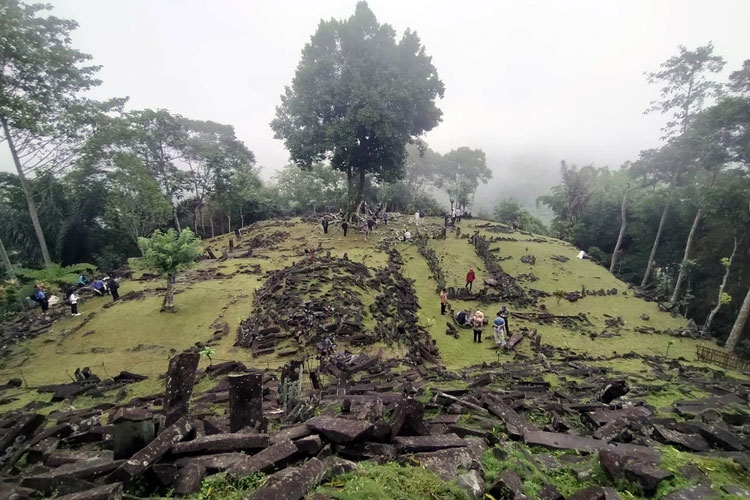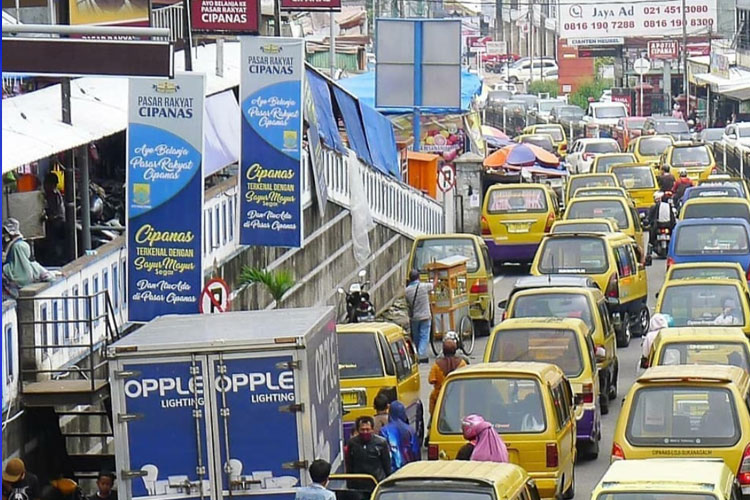TIMES SINGAPORE, JAKARTA – Climate change is more than an environmental issue; it's a justice issue. The impacts of climate change are not felt equally, with vulnerable communities and future generations disproportionately bearing the brunt. While the research community has made significant strides in understanding climate justice, the world of policymaking has been slow to catch up.
This blog post delves into the disconnect between climate justice research and policy analysis, highlighting the urgent need for a stronger connection. We'll explore the core dimensions of climate justice, examine existing research on policy responses, and identify opportunities for future studies.
Understanding Climate Justice: Key Dimensions
Climate justice is a multi-faceted concept that encompasses various dimensions:
1. Procedural Justice. This refers to the fair and equitable participation of all stakeholders, particularly marginalized communities, in decision-making processes related to climate change.
2. Distributive Justice. This focuses on the fair distribution of the burdens and benefits of climate change mitigation and adaptation efforts. It also considers historical responsibility for climate change.
3. Intergenerational Justice. This emphasizes the responsibility of current generations to ensure a habitable planet for future generations.
4. Human Rights. This recognizes that climate change threatens fundamental human rights, such as the right to life, health, and a clean environment.
5. Non-human Life. This dimension acknowledges the intrinsic value of ecosystems and the need to protect them from the harmful effects of climate change.
The Disconnect: Climate Justice in Policy Research
Despite the growing body of research on climate justice, policy analysis has been slow to integrate these concerns. While some studies have examined the relationship between specific policies and climate justice, a comprehensive approach is lacking.
A systematic review of publications (Pollex, 2024) reveals that most research focuses on single case studies or small-n comparisons, with a limited emphasis on comparative policy analysis. Additionally, there is a need for more research on how climate justice concerns can be integrated into various policy areas, such as agriculture and trade.
Indonesia: A Case in Point
Indonesia, as the world's fourth most populous country and a major contributor to greenhouse gas emissions, offers a pertinent example of the complexities surrounding climate justice in policymaking. The Indonesian government has committed to reducing its greenhouse gas emissions by 29% by 2030.
While this commitment aligns with the principles of climate justice, particularly intergenerational justice, the actual implementation and impact of these policies on vulnerable communities require closer examination.
Questions of distributive justice arise as Indonesia grapples with balancing economic development with environmental protection. There's a pressing need for more research on the distributional effects of climate policies in Indonesia, ensuring that the transition to a low-carbon economy doesn't disproportionately burden marginalized groups.
Bridging the Gap: The Way Forward
To effectively address the climate crisis, it is crucial to bridge the gap between climate justice research and policy analysis. Future research should focus on:
1. Examining the dominant dimensions of climate justice in existing policies and how they have evolved over time.
2. Identifying the actors who advocate for climate justice in policymaking and those who oppose it.
3. Investigating whether there is a push for a comprehensive climate justice agenda that integrates all dimensions.
4. Analyzing the specific measures that policies employ to address climate justice and their effectiveness.
The European Union: A Case in Point
The European Union's recent policy developments illustrate the growing recognition of climate justice in policymaking. The EU Green Deal explicitly addresses aspects of justice, such as intergenerational and global justice. A closer look at EU climate policies reveals an increasing number of references to climate justice dimensions, particularly in recent years.
Conclusion: A Just Transition
Climate change is a global challenge that demands a just and equitable response. By integrating climate justice concerns into policy analysis, we can ensure that the transition to a sustainable future is fair for all, including vulnerable communities and future generations. It's time to bridge the gap and make climate justice a central pillar of policymaking. (*)
***
*) Oleh : Taufiq Ihsan Ph.D, Assistant Professor, Environmental Engineering Department, Universitas Andalas.
*)Tulisan Opini ini sepenuhnya adalah tanggungjawab penulis, tidak menjadi bagian tanggungjawab redaksi timesindonesia.co.id
*) Kopi TIMES atau rubik opini di TIMES Indonesia terbuka untuk umum. Panjang naskah maksimal 4.000 karakter atau sekitar 600 kata. Sertakan riwayat hidup singkat beserta Foto diri dan nomor telepon yang bisa dihubungi.
*) Naskah dikirim ke alamat e-mail: [email protected]
*) Redaksi berhak tidak menayangkan opini yang dikirim.
**) Ikuti berita terbaru TIMES Indonesia di Google News klik link ini dan jangan lupa di follow.
Artikel ini sebelumnya sudah tayang di TIMES Indonesia dengan judul: Why Indonesian Climate Policy Needs a Justice Lens
| Writer | : Hainor Rahman |
| Editor | : Hainorrahman |

























